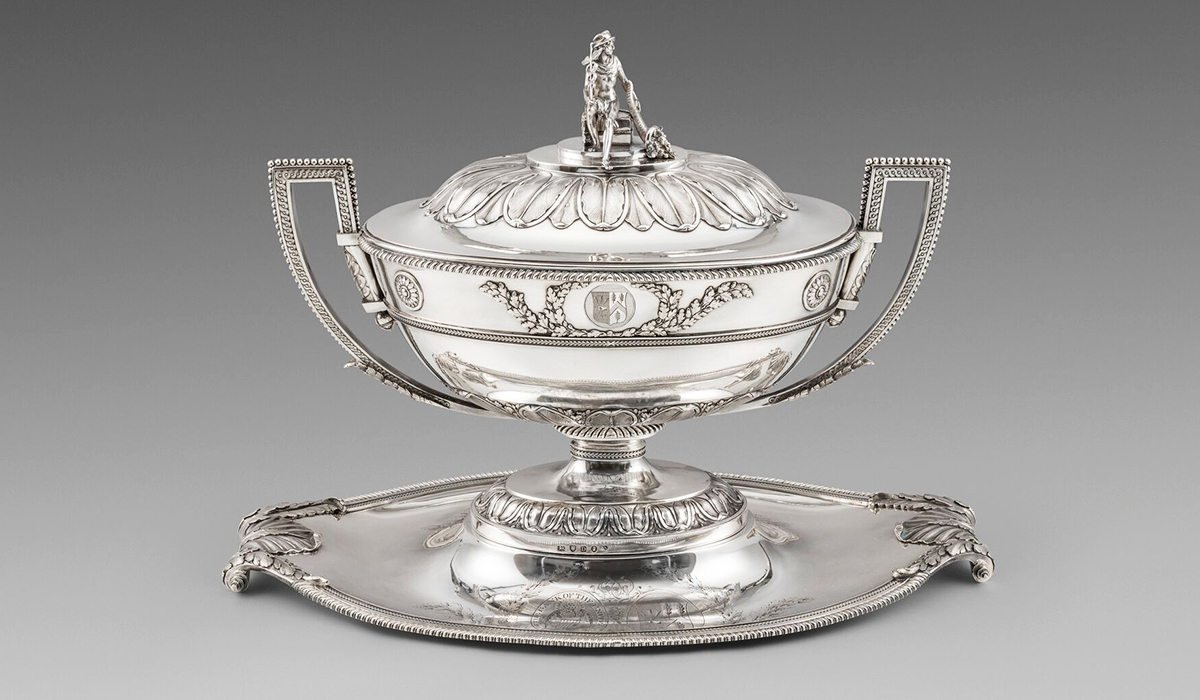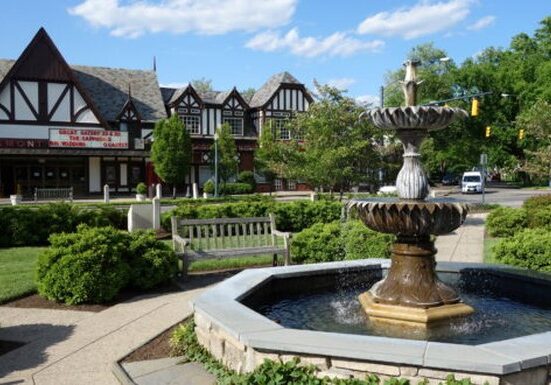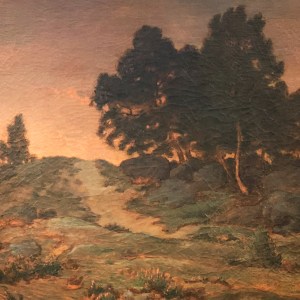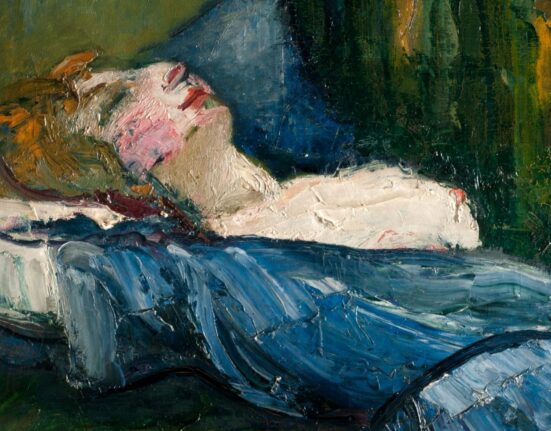The European Fine Art Fair (TEFAF) in Maastricht is the zenith of art happenings. With 285 exhibitors, it’s one of the world’s biggest fairs, but its main attraction is quality, quality, quality. Every object is vetted by curators and scholars, and every object is museum-worthy. I’m drawn to what I call “fresh meat,” too, art that’s been sitting cozily in a country house or in a vault for hundreds of years, preferably undetected. The family needs money, the last of the line dies, or the old archduke’s armor gives the Gen X heir night sweats — such occasions sharpen the animal spirits, and off to Maastricht the art goes. I visited every booth over three days.
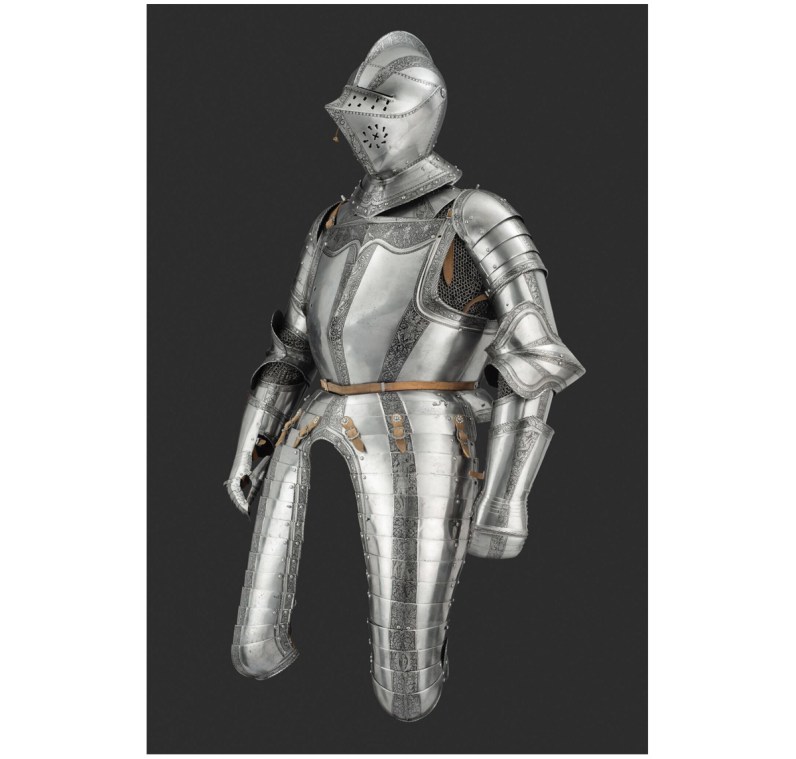
Themes are limitless, given the range and numbers of objects, but these perilous times do call for prophylactic measures. Speaking of armor, the London arms-and-armor dealer Peter Finer is offering the three-quarter field armor made around 1550 for Heinrich V, the Duke of Brunswick-Wolfenbuttel. It’s 54 pounds of steel but probably saw no more stressful use than a gallop in a pageant. It’s sumptuously engraved with scenes from the lives of Hercules and King David. It was on reserve when I got to Finer’s booth, so I couldn’t learn the price, though it’s in the low seven figures.
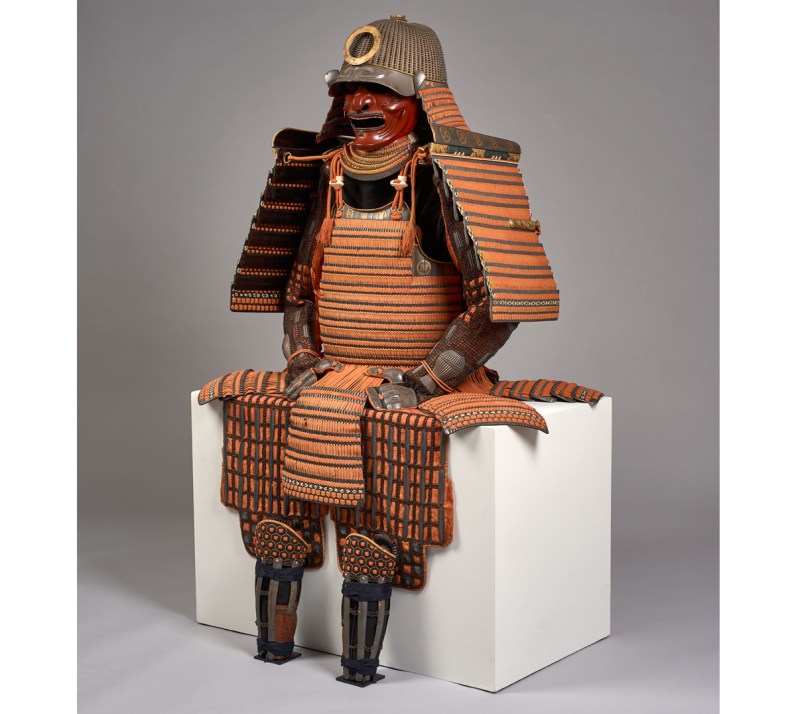
Whether viral, workplace, political, martial, or marital, any foe will flee in terror having seen the 17th-century Japanese suit of armor offered by Galerie Jean-Christophe Charbonnier, the specialist in samurai gear and other Japanese works of art. It’s lacquered in silver, a luxury reserved for the most lordly samurai. It’s the only example outside Japan of lacquered silver armor, replete with its iron mask and helmet. The asking price was €500,000, but it too was sold the day I left.

People know things are tough. Even the exceptionally rare silver powder flask offered by A. Aardewerk of Amsterdam was sold on the first day of the fair. Made around 1690 by the renowned silversmith Claus Frankenstein Baardt, it’s masterfully chased on one side with a Vanitas and on the other with a frenzied battle scene. Chasing is probably the most difficult job for a silversmith, since it involves dozens of hours of hammering with the tiniest hammers. There’s only one other powder flask of this exceptional quality, and it’s in a museum. The powder flask is indeed operational. When gunpowder meets a burning fuse, out the muzzle blasts a speeding bullet. It’s tiny — 4 by 5 inches — and weighs less than seven ounces.

There’s hope for us yet. For €340,000, a bronze Corinthian general’s helmet from around 500 b.c. can be had at London’s Charles Ede Gallery. This style of helmet appears thousands of times in Greek sculpture, memorably on the Parthenon’s friezes. It’s tailored for maximum protection, but the thickness is adjusted to make it supple enough to take on or off. It was beaten from a single sheet of metal, an amazing task in itself. The patina is a fine, sensual green. I love the design and look but I can’t be unimpressed by the technology, either. Infantrymen wore this basic helmet form for a thousand years.
Enough with combat. If all else fails in harrowing times, pray.
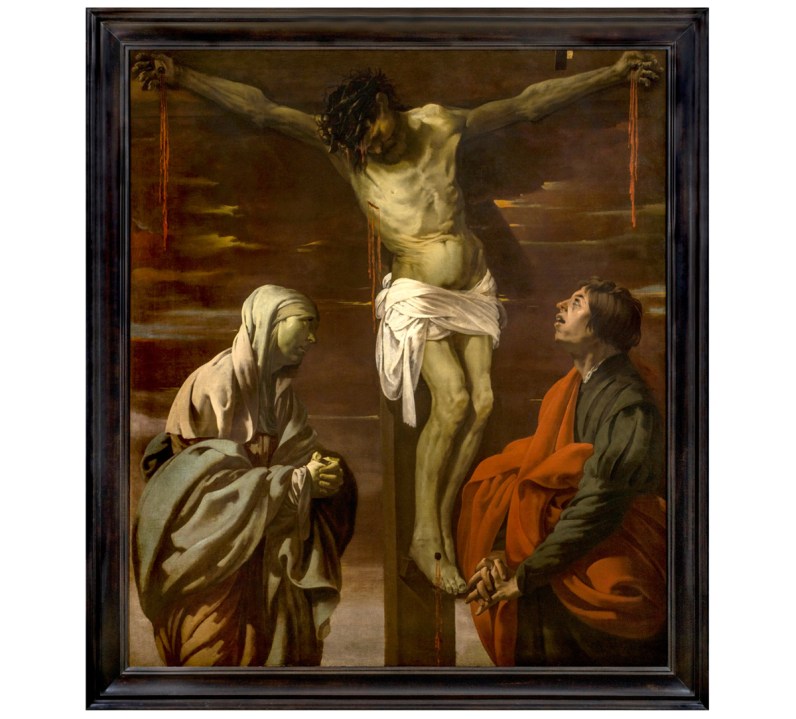
Two Dutch pictures are poles apart in Reformation iconography. Patrick Williams’s is offering Heinrich ter Brugghen’s Crucifixion, from 1624. Ter Brugghen (1588–1629) was the most observant and talented of the Dutch Caravaggisti. He was in Rome in the first decade of the 1600s when the bad boy and renegade Caravaggio first hit the art world. Italian religious art before Caravaggio was elegant, even pretty, with serpentine, elongated figures and arresting, high-key color contrasts. It was often so fetching that the viewer forgot to pray. With the Reformation, all kinds of decadence went to the curb. Caravaggio was among the artists establishing a new aesthetic: dark, moody, dramatic lighting, up-close focus, and figures who look like real people. Art promoted piety. Ter Brugghen’s big painting is certainly in your face, and there’s no question his Crucifixion is about suffering and prayer, not decoration. It’s not Italian, though, but very Dutch. The lighting is uniform, with no inky pools, and the palette is heavy on Dutch browns.
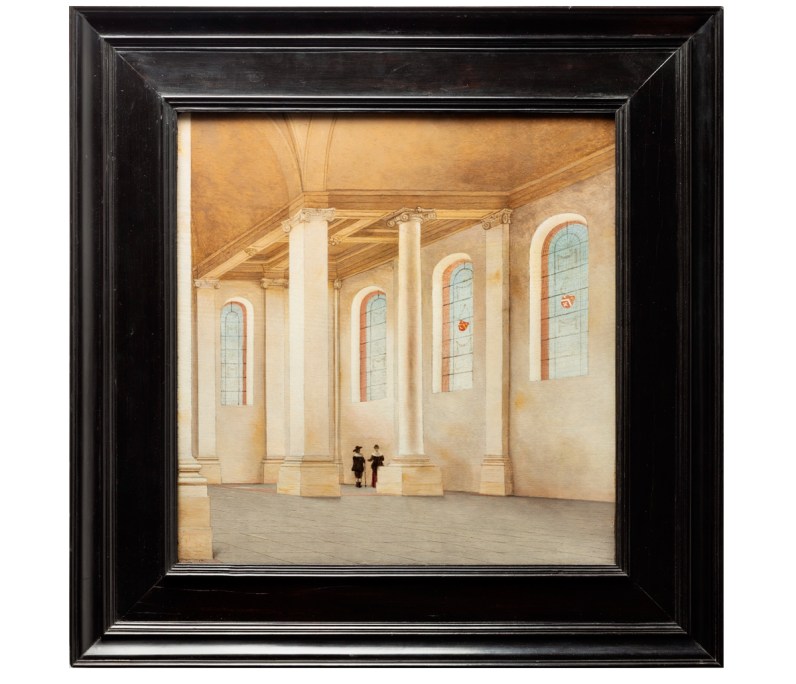
The picture was tucked in a little northern Italian church until 1970. It has never been on the public market and is priced at $5.9 million. I’d call it very Catholic. It reflects Rome’s new adherence to spiritual rigor, the Counter-Reformation, when good religion was about the life and lessons of Jesus. Nicholas Hall is offering a painting that’s very Protestant. Pieter Saenredam (1597–1665) is best known for his interiors of Reformation-era Protestant churches. There, the art doesn’t inspire real, humble piety. Art depicting divinities was idolatrous. Good Protestants were in church to reflect, not to look at pictures. Saenredam’s Nieuwe Kirk in Haarlem, from 1658, shows the just-built church, white and entirely austere.
Still, it’s cool and serene. New England’s early Congregational churches have the same aesthetic, since the Puritans were Calvinists. They, too, abhorred tacky scenes of saints dripping blood all over the place. It’s very beautiful as well as very modern. I spent lots of time looking at this gem, which does have lots of color in it, but the colors are subtle grays, blues, and terra-cottas. It’s consigned, and the owner doesn’t want the price disclosed. This usually happens when the owner’s getting a divorce and doesn’t want his wife to know how much money he has. I bet it’s $2 million, plus or minus a few euros.

There were a million religious pictures on view, and as a Methodist on the more austere side of the pendulum, I was ready to call “basta” after a while. Two beauties moved me, though. Colnaghi’s Ecce Homo, by Ribera, is from 1644. It was last seen a hundred years ago and known only in one black-and-white illustration. “Ecce homo,” or “Here is the man,” were the words Pilate used to present the tortured Jesus to a hostile crowd. It’s not an uncommon subject for Ribera (1591–1652), and it’s stark and closely cropped, like many of his saints. He used local Neapolitan models for a real, from-the-street look. At 26 by 22 inches, it would have been a private devotional picture.
Often, artists paint “Ecce Homo” pictures with averted eyes or hammy winces, but this one is direct and inquisitive. Standing in Colnaghi’s booth, I felt like Jesus was asking me, “Have you been good today?” and I squirmed. Had I shoved any nuns to get that last bottle of Purell on the shelf? Well, no, but no one’s perfect and it put me in a repentant frame of mind. It’s €950,000 and a good buy. It’s in superb condition, it’s new to the market, and it’s the best of late Ribera.
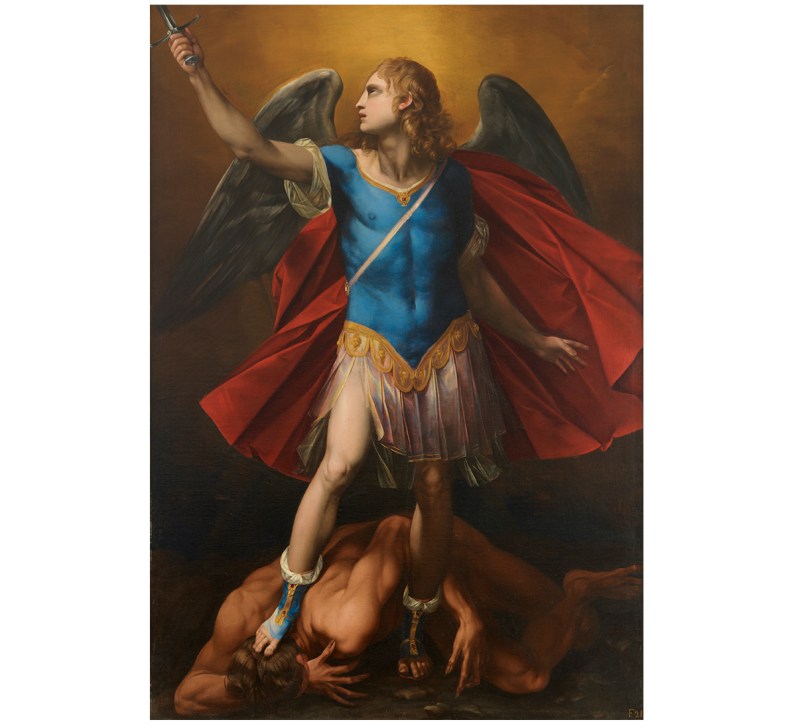
New to the market, too, is Cavalier d’Arpino’s 1626 St. Michael the Archangel Fighting Lucifer, offered by Hazlitt. It was commissioned by Pope Urban XIII and has remained with the Barberini family, so it’s very fresh meat. Giuseppe Cesari (1568–1640) was from Arpino, near Rome, and was made a cavalier by Pope Clement XIII. The painting is gorgeous and was certainly a prestige picture. The saint’s form-fitting breast plate is painted in lapis lazuli, the most expensive color, and it’s 95 by 73 inches, so it’s a showpiece.
St. Michael is a buff blond looking to heaven with goo-goo eyes and a stance befitting a matinee idol. Cesari was a high-establishment artist, painting in an older style, celebrating panache even on those messy occasions when saints are slaying devils. Look at this painting and ter Brugghen’s, Saendredam’s, and Ribera’s. You can see the aesthetic revolution that young post-Reformation artists brought. Élan was out, spartan and raw were in. Still, it’s splendid. It sold the first day, and Hazlitt wouldn’t tell journalists the price. I think it was $5 million.
I have to say, since I just wrote about the Francis Bacon show in Houston, that the Cesari, Ribera, ter Brugghen, and their contemporaries, at their best, stand the test of time. A Bacon triptych is coming on the auction market soon. It’s expected to get $60 million. Bacon is very different, and the art market is a multi-headed, but I can tell you what I think inspires human values.
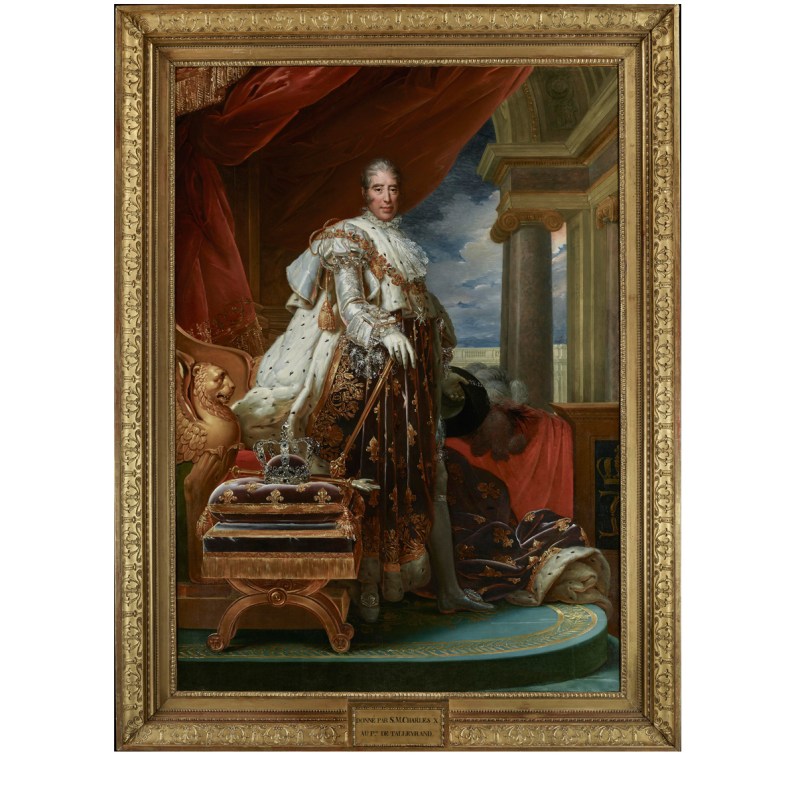
If you won’t pray to a saint, here’s a king who thought he ruled by God’s command. Stair Sainty has the biggest blockbuster. It’s arguably the last French royal portrait, and from it flows the grandeur that was old-time monarchy. The mammoth coronation portrait of Charles X (1757–1836) is 105 by 72 inches and glistens with power as well as pomposity, which explains why Charles didn’t last long as king. It was painted by Francois Gérard (1770–1837), the preeminent Napoleonic and Restoration portraitist, after Charles’s coronation and given by the king to General Talleyrand, whose family owns it. Charles’s two older brothers, Louis XVI and Louis XVIII, had come and gone, and it was his turn. Charles was an ultra-royalist who believed in the divine right of kings. After a generation of war and discord, the French might have been wistful for the old days as an abstraction, but as a day-to-day reality, not so much. Charles was a flop, though he kept his head on the way out the door in 1830. It’s €2.2 million. It’s fantastic but, like the ter Brugghen, it’s a museum picture. You’d have to have an ego the size of a zeppelin to put the Gerard in your home, and the ter Brugghen is not conducive to domestic bliss.
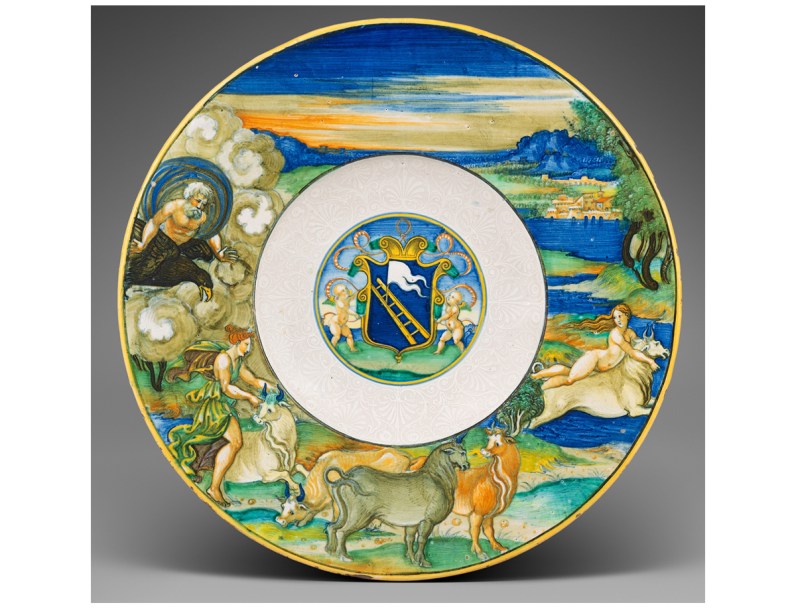
Now, for the smalls. The Paris dealer Christophe de Quenetain is offering a majolica dish from 1525 from the celebrated, exquisite Calini service made by Nicola da Urbino. It’s the Raphael of dishes, a niche object, to be sure, but a beautiful one. There are only eleven pieces from this famous service, made for a Brescia noble family whose arms decorate the center. It’s cinematic, showing Zeus cruising on his eagle, then turning into a white bull that Europa rides, suitably attired in a riding frock, then stripped and escorted to Olympus, whether she likes it or not. The sky and sea are delectable. It’s €1.4 million and for the most serious, focused collector.
Apropos to the coronavirus, Koopman Rare Art offers a 225-ounce silver soup tureen and stand from 1799 made by Paul Storr and retailed by the royal goldsmith firm Rundell Bridge & Rundell. It’s handsome enough, but it’s a presentation piece with a fascinating history reported in its engraved dedication. It was given to Thomas Willing (1731–1821), the first president of the Bank of the United States, by its trustees in 1799 in recognition of Willing’s heroic, sage, and effective moves to bolster Philadelphia’s — and the new nation’s — economy during the city’s four yellow-fever epidemics in the 1790s, which at points reduced the city’s population from 50,000 to 10,000 as people fled to the hills. Willing was also Philadelphia’s mayor and among the most socially and politically wired men in the country. He was Paul Volcker, Jamie Dimon, and David Rockefeller rolled into one.
It’s £150,000. Willing was Alexander Hamilton’s peer and partner in establishing the American financial system. He’s probably the most essential Founding Father no one knows, all the sadder since most American students can’t name a single Founding Father. Our schools seem more committed to promoting ignorance when they’re not pushing guilt.
It’s a great fair, but visitorship was down the weekend I was there, probably by a third. And after the extraordinary edict from the Italian government basically closing the country, and after one of the exhibitors tested positive for COVID-19, TEFAF closed early, for the first time in its history. Not that Italy supplies many buyers, but it augments a fear of travel. I think for many of the dealers, Maastricht is Black Friday. The space is expensive, and some of the dealers have spent hundreds of thousands of dollars creating palatial showrooms. I go to a lot of shows, and it’s sad to see this kind of calamity affect what I think is one of the classiest shows, with dealers who are connoisseurs.

